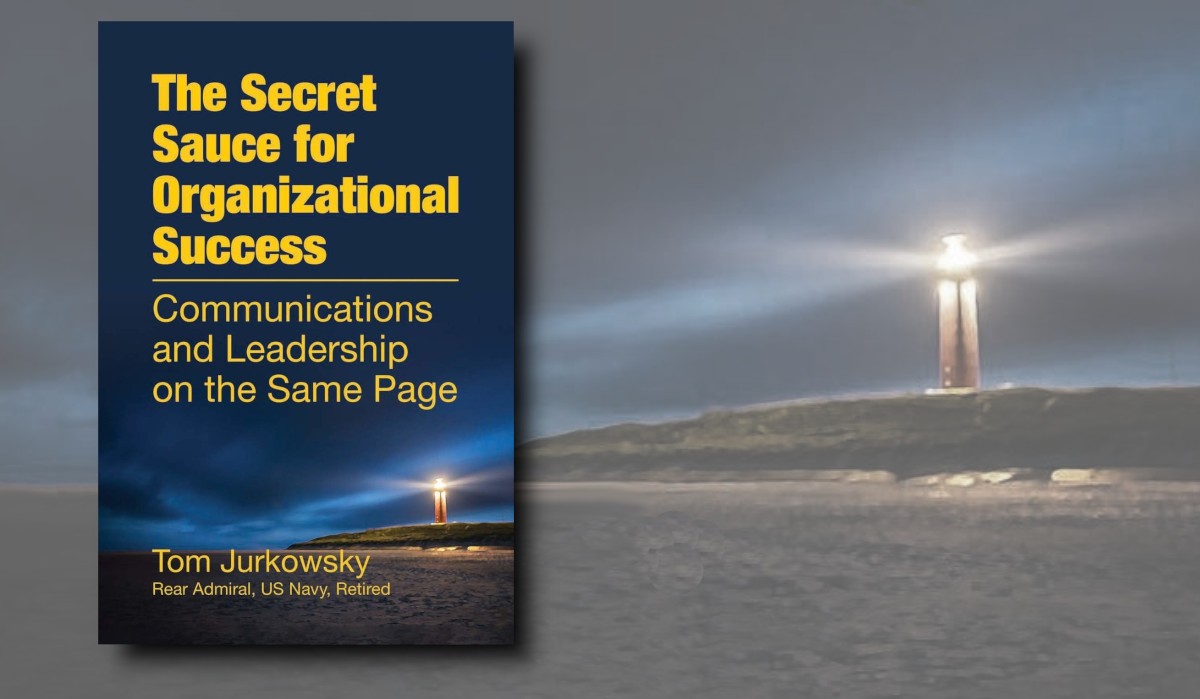In April, the AARC launched a ‘Short Thoughts Competition’. The purpose was to encourage authors to communicate ideas about land power to Army’s senior leadership and a wide range of readers, and in the process help to inform and shape Army’s future, under the theme of ‘Transforming Land Power’.
The number and quality of responses reflected positively on the authors’ willingness to take on the challenge of helping to shape Army’s future. Contributors ranged from current serving to retired ADF members, soldiers to senior officers, and APS. Each author brought unique perspectives on issues as varied as institutional transformation, a deep battle concept, home defence, UAVs, and alternative fuels to power Army’s vehicle fleet. The breadth of topics and spread of ranks proves that good ideas are not the monopoly of a particular area, group or rank band. Rather, inspiration and a willingness to contribute a good idea is something that is a fundamental strength of Army, and Defence more broadly.
The submissions have now been assessed by Director General, Future Land Warfare with four winners and a further four submissions commended. Winners will be awarded a modest book prize and travel to attend this year’s Chief of Army Symposium. All entries received, including those listed below, are in the process of being published on the Land Power Forum.
The winning and commended articles have been compiled as the Short Thoughts Collection publication.
Winners
- CAPT Jason Kirkham, ‘Thinking Deep: the Need for a Deep Battle Concept for the Australian Army’: This paper argues that Army needs to develop a unified concept to employ its incoming deep-ranging platforms and establish a ‘deep battle’ concept. Using examples of the destructiveness of long-range fires from the Ukraine war, the author encourages Army to consider a deep battle concept along the themes of deterrence, information actions and multi-domain access.
- LCPL John Wellfare, ‘Intellectual Transformation: Professionalisation of the Other Ranks’: This entry proposes that professional military education (PME) be formalised as part of the professionalisation of Army’s Other Ranks, and in doing so improve intellectual engagement with land power and its concepts. It proposes mechanisms by which PME can be employed across Army, including addressing issues of motivation and reward.
- MAJ James Eling, ‘Transforming Land Power from the Air – Close Air Support with Unmanned Combat Aerial Systems’: This submission encourages the development of an Australian sovereign manufacturing capability for UAVs. Drawing upon observations of drone effectiveness from the current Ukraine war and the success of Turkey’s Baytraktur TB-2 drone in the Nagorno-Karabakh war, the author proposes a 90-day design and manufacturing challenge to establish a locally-produced UAV for Army use.
- Mr William Hill, ‘From Tanks to Robots: Reimagining Land Warfare Through Technology’: This paper proposes a means by which land warfare may evolve with the greater use of technology, citing historical examples from WWI (tanks) to the Nagorno-Karabakh War (UAVs) demonstrating how such technologies have been employed. The piece contends that technological innovation will also need accompanying adjustments in force design and structure to make the best use of new capabilities.
Commended
- MAJGEN Chris Field, ‘An Army Approach to Transforming Land Power: Eight Stages for Successful Transformation’: This submission argues that understanding the key phases of any institutional ‘transformation’ is necessary if Army is to transform land power. This paper applies John Kotter’s theory of transformation to propose, in clear steps, how Army may approach the process.
- SIG Connor Cruikshank, ‘LNG: Keeping Australia in the Fight’: The paper proposes the modification of the Honeywell Aerospace gas turbine engine in Army’s Abrams M1A2 to accept Liquefied Natural Gas (LNG) as a possible fuel. Noting Australia’s fuel insecurity and reliance on imported stocks of diesel and petroleum, this paper proposes the use of LNG – of which Australia is a major producer – in the event of constrained supply chains.
- MAJ Annie North, ‘Transforming Land Power – One Story at a Time’: Based on concepts current within business studies, this paper proposes the sharing of ‘stories’ about service inside and across Army as a method to establish deeper understanding between service members, improve trust, build morale and invigorate a ‘sense of belonging’ within the service. This, it is argued, may improve retention rates and build a more cohesive force.
- COL John Brennan, ‘A Security Force for the Future’: This article engages the challenge of raising sufficient forces for home defence purposes in order to free up the main ADF for manoeuvre operations. Using examples from India, Northern Ireland and France, the author explores options around the recruitment and form of any such proposed force to bolster national defence.




